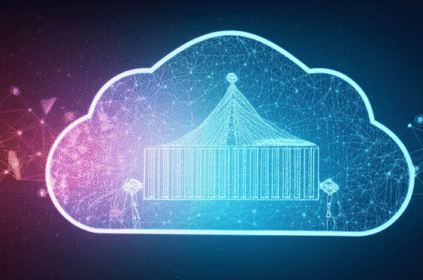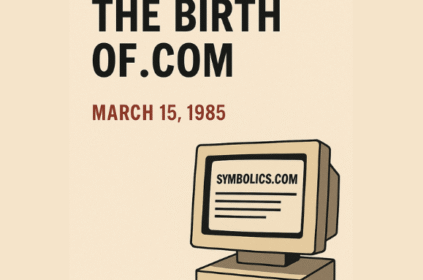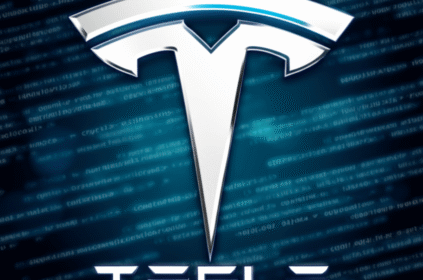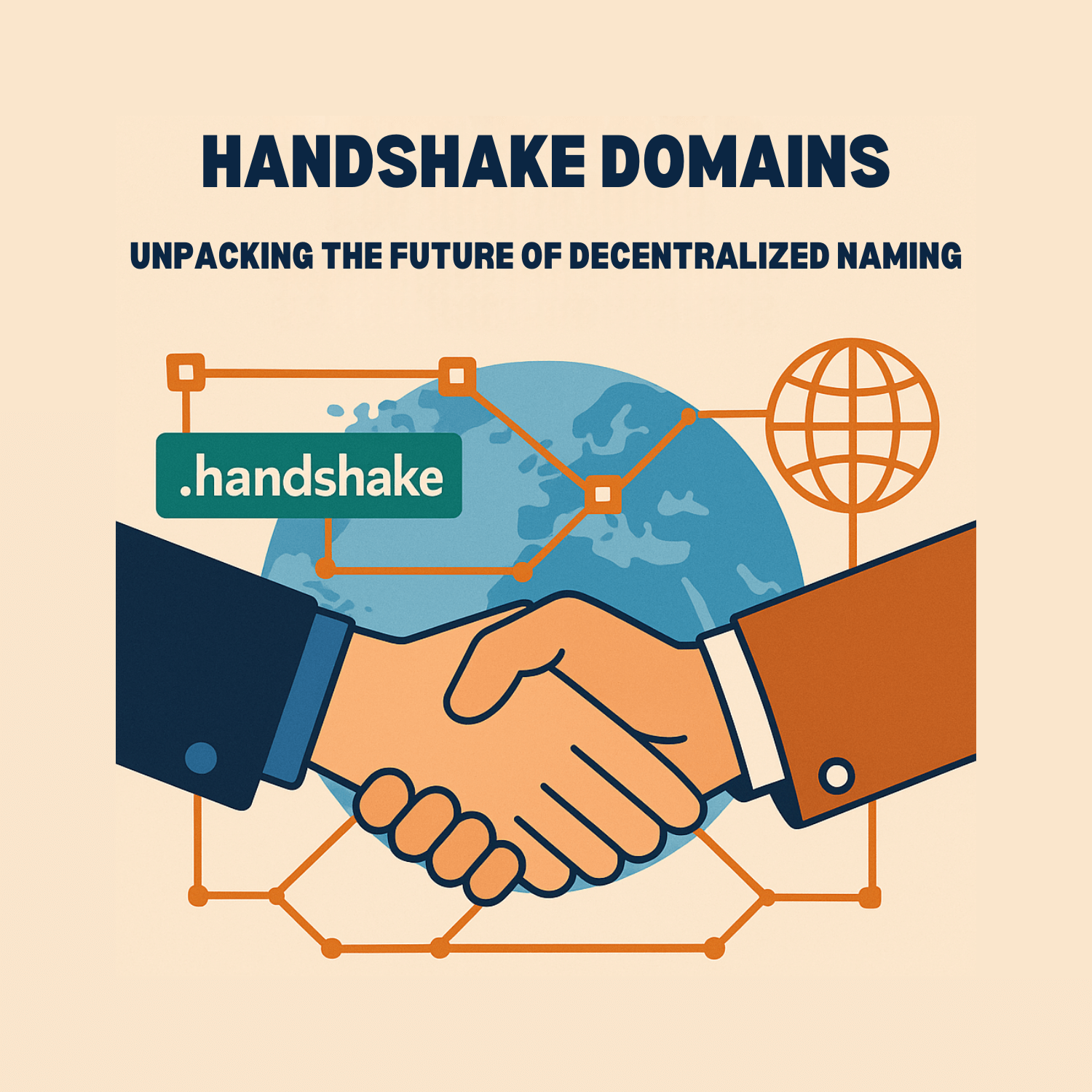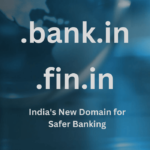Hey there, digital explorers! 👋 For four incredible decades, the Domain Name System (DNS) has truly been the internet’s quiet hero, a solid foundation we’ve all come to rely on. With over 360 million domains registered worldwide, the traditional Web2 DNS, beautifully managed by ICANN and various country-code TLD authorities, has certainly proven its staying power.
However, if you’ve been following the tech waves, you know that blockchain technology isn’t just a buzzword; it’s a powerful force shaking things up! It’s sparking a whole new era, promising to reshape how we navigate our digital lives. And right at the heart of this shift, we find Web3 TLDs – a decentralized alternative that’s directly challenging the established norms of domain ownership. So, what exactly are we talking about here? Let’s peel back the layers!
Understanding Web3 TLDs: A New Digital Frontier
At its core, Web3 TLDs (Top-Level Domains) are simply domain names built right on top of blockchain technology. This is where things get really interesting! Unlike the centralized Web2 DNS, where a few big entities hold the reins, Web3 TLDs harness the power of smart contracts for their management. This offers you a truly decentralized and user-controlled experience.
This fundamental shift – moving from centralized authorities to transparent, blockchain-based networks – doesn’t just feel like a small update; it marks a significant evolution in how we think about and manage domain ownership. It’s a game-changer!
Key Differences: Web2 vs. Web3 TLDs
When we look closer, the distinctions between traditional Web2 domains and the emerging Web3 TLDs become crystal clear. Here’s a breakdown of what really sets them apart:
- Decentralization:
- Web2: We’re used to centralized control, primarily by ICANN and various registrars.
- Web3: In stark contrast, Web3 TLDs offer decentralized ownership and management, all thanks to blockchain technology.
- Ownership:
- Web2: You effectively “lease” domain names for specific periods, meaning you don’t truly own them outright.
- Web3: This is where the magic happens! You own Web3 TLDs as NFTs (non-fungible tokens), providing you with full, immutable control and effortless transferability.
- Censorship Resistance:
- Web2: Unfortunately, authorities can sometimes seize or suspend these domains.
- Web3: Due to their decentralized nature, Web3 TLDs are highly resistant to censorship. This provides a significant layer of freedom.
- Web3 Ecosystem Integration:
- Web2: Primarily, we use these for website addresses.
- Web3: Beyond just website addresses, Web3 TLDs offer versatile use for cryptocurrency addresses, decentralized identities, and broader Web3 applications. This opens up entirely new possibilities!
- Resolution:
- Web2: They rely on the traditional DNS system for resolution.
- Web3: They use cutting-edge, blockchain-based resolution systems with decentralized resolvers, ensuring no single point of failure.
- Payment:
- Web2: Payments are typically made using familiar fiat currencies.
- Web3: Payments often involve cryptocurrency, aligning with the decentralized finance ecosystem.
- Data Storage:
- Web2: Your website data usually resides on centralized servers.
- Web3: They cleverly utilize decentralized storage networks, like IPFS (InterPlanetary File System), enhancing resilience and user control.
The Challenges of Web2 and the Promise of Web3
Despite its long run, the Web2 domain industry undeniably grapples with significant pain points. We often see a lack of true ownership, where centralized control limits user autonomy. Furthermore, high fees, often bloated by brokers’ commissions, can diminish profitability for domain holders. Processes can also be surprisingly inefficient, leading to slow and unpredictable transactions, and data fragmentation can cause valuation discrepancies and a lack of standardization across the board.
Fortunately, Web3 TLDs emerge as a powerful solution, introducing economic and operational benefits that simply aren’t possible within the current Web2 model:
- Lower Fees: Decentralized systems inherently eliminate many intermediaries, directly leading to reduced costs.
- Transparent Transactions: Every transaction occurs on-chain via smart contracts, ensuring complete transparency and auditability.
- Automated Processes: They offer streamlined, secure, and incredibly efficient operations, cutting down on manual errors and delays.
The Vision: Modernization, Monetization, and Innovation
It’s exciting to see where this is all heading! According to Fred, a key visionary behind D3, their vision for Web3 TLDs embraces a three-pronged approach:
- Modernization: They envision tokenizing domains as trusted digital assets. This move enables fast, low-cost liquidity, making domains easier to trade and manage.
- Monetization: Through “DomainFi” (Decentralized Finance for Domains), they’re unlocking incredible opportunities to trade and use domains as real-world assets (RWAs). Imagine leveraging your domain like any other valuable investment!
- Innovation: Ultimately, their goal is to build a vibrant ecosystem of scalable tools for brand new applications and services, truly pushing the boundaries of what domains can do.
The Current Divide and Future Potential
It’s true that right now, Web3 TLDs generally run on separate, non-compatible tracks from the established DNS. This means your browser might not natively resolve a .eth or .crypto domain without a special extension or resolver, which has admittedly hindered widespread adoption so far.
However, despite these integration hurdles, the sheer potential for a more open, secure, and user-controlled internet is undeniable. As the underlying technology continues to mature and clever integration solutions emerge – perhaps even bridging the gap with our existing DNS – Web3 TLDs stand poised to revolutionize the domain industry as we know it.
This shift isn’t just about technical advancements; it’s about empowering users and creating a more resilient, censorship-resistant digital landscape.
Ready to Dive Deeper?
If you’re curious to understand more about the foundational DNS that underpins Web2, check out our Introduction to DNS blog post. And for a broader understanding of digital ownership, you might also find our article on What Are NFTs and Why Do They Matter? insightful. You can also explore more about the history and governance of domain names through ICANN’s website.
DNS DomainFi ICANN NFTs WEB2 WEB3
Last modified: July 22, 2025


